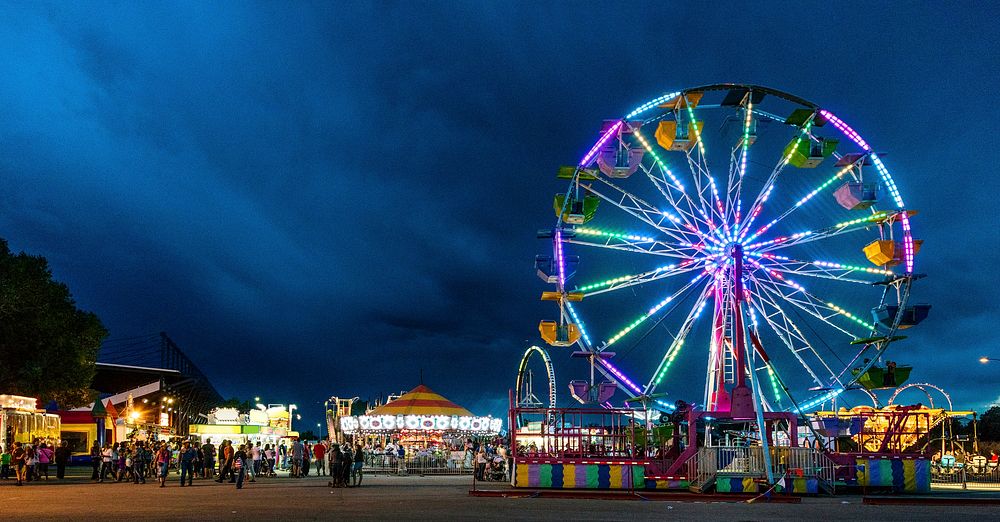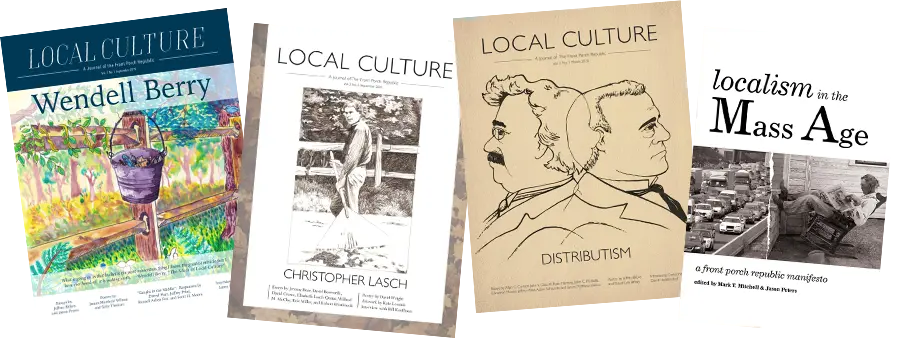The twenty-first century has been rough on formative institutions: schools and universities; the traditional family; churches; Scouting groups; civic groups. These cultural mainstays were the civilizing elements of American communities, serving as vehicles for passing down cultural values from one generation to the next. They tempered the individualistic selfishness of human beings, forming them to exercise mutual obligations and weave a broader fabric of community. They’re a corollary to the voluntary associations that so impressed Tocqueville during his time in America. In the absence of centralized control, they have fostered a continuity of the principles, knowledge, and behaviors that have composed American culture across generations.
These formative institutions have been under siege in the last generation. Yuval Levin notes that many have declined into performative institutions, serving as means to advance their figureheads’ cultural ascendancy. Instead of serving as vehicles for instilling longstanding cultural habits, they have instead become agents of self-expression for each person’s Disney narrative: look inside your heart and follow wherever it leads. Increasingly, institutions do not harness or constrain human appetite, will, or instinct, teaching them to bow to principles of mutuality in a shared community. Rather, they become an arena for these base traits to be expressed, a “safe space” to air each person’s “noble savage” or “will to power.” Others have become de-formative, hastening abandonment of cultural or religious attachments that ground human development. Such is the phenomenon of deconstruction of Christian faith, often celebrated in institutions for its courageous journey of inquiry. In moving from formative to performative or even deformative, institutions lose their grip on human nature even as they seek to empower human beings to express their natural selves. Despite the disappointments this century has brought for institutional life, one formative institution developed in the nineteenth century just keeps marching on, seemingly immune to these headwinds: The County Fair.
If you go to a County Fair, especially if you grew up in an urban or suburban place, you’ll likely miss its power as a formative institution. You have to cut through the glitzy, loud elements—the carnival rides and the tractor pulls and the cotton candy—to see the heart of the fair: the youth 4-H projects. For these kids, the fair does not start when the food trucks hang out their shingles pitching corndogs and funnel cakes. It starts months before, in the dead of winter, when they use their previous year’s animal auction proceeds to purchase the next year’s animal, often after weeks of inquiries with breeders, club advisors, and others that help them find a specimen with a promising bloodline. What follows is months of husbandry—care, feeding, exercising, and otherwise tending to their animals as the fair steadily approaches. As their animals take shape, the phenomenon of the Fair as a formative institution has its own effects on them. Here are a few of them:
More Outdoor Time, Less Screen Time: Fair kids only become fair kids by spending some degree of time outdoors and off screens. Thankfully, there is no virtual or AI-generated way to raise an animal, and hopefully there never will be. There’s something about fresh air, creation, even that farm smell of dirt mixed with manure that is good for a kid. These kids get it in heavier doses than most; and their TikTok consumption is lower than most. They have less of the anxiety, stress, and pressure that American kids as a whole are experiencing at record levels.
The fair is the only place outside of Amish country you’ll hear one teenager say to another: “When you’re done milking your goats can you walk my dairy feeders.” That is an actual quote I overheard this year. It speaks to a directness of relationship with biological life that is intrinsic to 4-H projects. We learn about life’s simultaneous wonder, fragility, stubbornness, and rhythms through these relationships, and we learn a few things that help us navigate human relationships just a bit better.
Learning That @#$% Happens: Because there are market animals all about, the scent of manure is endemic at fair. The lesson is that even if you would rather not smell poop all the time, it’s just the way it is, and you may as well get used to it. In both her market and showmanship hog classes this year, my daughter’s pig pooed on her jeans right before her class began. She learned what many kids at fair learn: you’ll have to put up with crap in life, but you shouldn’t let it ruin your day or let it keep you from doing your best.
Providence + Hard Work = Fruitfulness: 4-H kids learn what agricultural communities dating back to the ancient Israelites knew well: we are dependent on Providence for life and what sustains it; and He leaves room for the addition of human effort to finish the job. He blesses humankind with the ennobling opportunity to participate in creation, taking a hand in a life-sustaining harvest. The Israelites celebrated this at The Feast of Weeks, seven weeks after Passover, or when the wheat was ready to harvest. The readiness to harvest stood as an annual testament to God’s goodness in providing and humans’ obedience in stewardship. The participants at fair are called exhibitors. And this is what they exhibit: the goodness that results from God’s gracious provision and humans’ obedient diligence. This is something to be celebrated.
A Ritual Across Generations. In today’s world, we seem to have artificially cloistered ourselves into homogenous demographic groups. Our churches slot us into young marrieds classes or senior saints groups. People move into 55+ communities where they won’t need to worry about Dennis the Menace types disrupting their tranquility. Alas, perhaps they have a head start on resting in peace. Not so at the fair. Sit at the hog auction, and see the grandparents there who have made sure their former business colleagues know their grandkid has a pig at the auction. They are supporting their grandchild, just like their grandparents did for them when they took a market project to fair years before. The grandparents of this year’s fair queen have become close friends of ours. At 80 years old, he used the fair to pick up his own hobby, repurposing a state-of-the-art camera he inherited from a friend, honoring his friend’s memory by using it to capture moments not just for his granddaughter but for all the kids. This year I signed the fair board ballot petition for the girl my kids looked up to when she was a teenager. Now she’s all grown up, making her way in the world and decided to run for fair board. Now my daughters who looked up to her have become the ones that younger girls look up to: they helped mentor a 4-H family with younger kids at the fair this year. This fabric of family, friends, and neighbors speaks to the power of formative institutions that rely on relationships to constitute them.
Few of these kids will explicitly contemplate the life lessons and the role of formative institutions such as the fair in their lives. They’ll just continue to respond to signals they received in their habit-forming years: work hard, be persistent, care for others, get outdoors, and celebrate the fruits of your labor while realizing you rely on a greater Providence.
All this is not to say that the fair is perfect. I wish there were more racial diversity among exhibitors. I wish one didn’t have to spend the week averting their eyes from poor clothing choices (though these are usually those of attendees, not exhibitors). Some of the people involved in the fair can make too big a deal of their involvement in it—the lower the stakes, the nastier the politics can get.
For all these imperfections, however, the fair just keeps marching on. This year parking was horrendous, crowds were big, and there were no signs of losing momentum. This despite no slick consultants telling the fair how to practice change management. And no DEI consultants telling them how to pursue a more equitable engagement strategy as a throng of every color, creed, and nation came through the gates. You won’t find a single McKinsey & Co. maven spending their time on your local county’s fair board. Like the hobbits in Lord of the Rings, the leaders of the fair are unsophisticated people, and perhaps that is a secret ingredient: unturned by the waves of cultural currents, they simply keep their eyes on their north star and pursue it unwaveringly. They have practical wisdom, and they’re not too smart for their own good. Along the way, countless kids have learned to become responsible and caring members of their communities. There is much that crumbling, so-called elite institutions could learn from them.
Image via RawPixel




